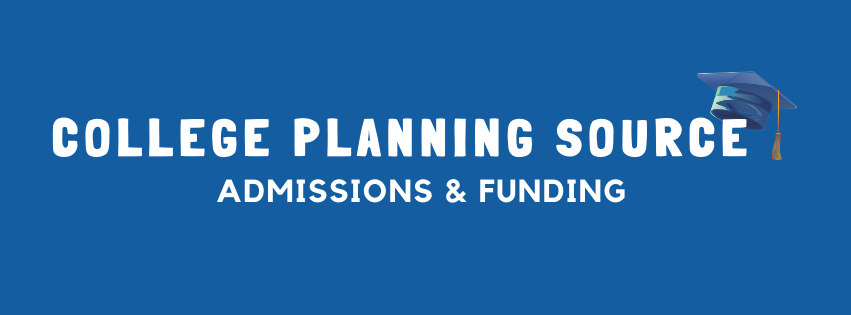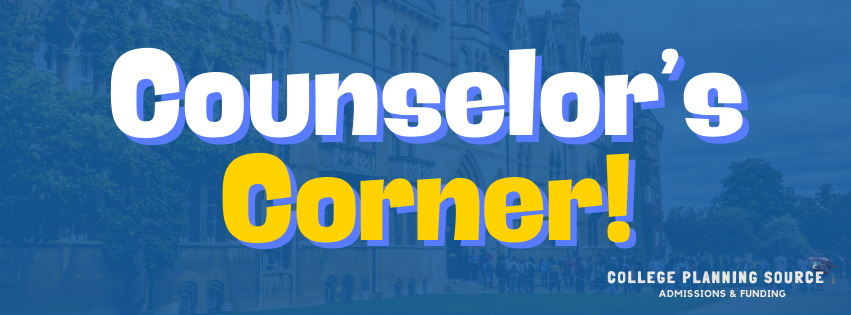
College Planning and the Pieces of its Puzzle: A Comprehensive Approach for High School Students and Their Families
Embarking on the journey toward higher education is an exciting yet complex process that requires careful planning and thoughtful decision-making. For high school students and their families, navigating the intricacies of college planning can feel like solving a complex puzzle. This guide aims to provide a comprehensive overview of the essential pieces that form this puzzle, covering themes like student development, admissions, and financial aid/funding.
Student Development: Building a Strong Foundation
1. Career Exploration:
- Self-Assessment: Encourage students to reflect on their interests, values, and skills. Utilize career assessment tools like the Holland Code or Myers-Briggs Type Indicator to identify potential career paths.
- Job Shadowing & Internships: Hands-on experiences can offer valuable insights into various careers. Look for summer programs or internships that align with potential career interests.
- Informational Interviews: Connect with professionals in various fields to ask questions about their career paths and day-to-day responsibilities.
2. Major Identification:
- Explore Interests Early: Take various classes during freshman and sophomore years to discover strengths and preferences.
- Advanced Coursework: Enroll in Advanced Placement (AP), International Baccalaureate (IB), or honors courses related to potential majors.
- College Fairs & Research: Attend college fairs and use online resources to explore different majors and how they align with career goals.
3. Strategizing and Taking the Proper Courses:
- A-G Requirements: Ensure you meet the colleges’ subject requirements, including the University of California (UC) and California State University (CSU) A-G subject requirements. Here’s a brief overview:
- A: History/Social Science (2 years)
- B: English (4 years)
- C: Mathematics (3 years required, 4 years recommended)
- D: Laboratory Science (2 years required, 3 years recommended)
- E: Language Other than English (2 years required, 3 years recommended)
- F: Visual/Performing Arts (1 year)
- G: College-Preparatory Elective (1 year)
- Balancing Coursework:
- Course Load: Strike a balance between challenging coursework and maintaining a manageable workload.
- Sequential Learning: Progress through courses logically, e.g., Algebra I before Geometry, then Algebra II.
- Honors and Advanced Courses: Take honors, AP, or IB courses where applicable, especially in subjects relevant to your intended major.
- Specialization and Exploration:
- Core Subjects: Excel in core subjects (math, science, English) to meet general college requirements.
- Electives: Choose electives aligned with potential majors, such as computer science for STEM fields or economics for business majors.
- Passion Projects: Undertake projects that align with your interests to showcase creativity, initiative, and dedication in your college applications.
- Research Projects: Engage in research projects, particularly for science majors, to build analytical skills and subject expertise.
- Extracurricular Activities**: Engage in extracurricular activities that complement academic interests, such as math clubs or literary societies.
4. Building Your Student Profile/Resume:
- Academics: Maintain a strong GPA and challenge yourself with rigorous coursework.
- Extracurriculars: Engage deeply in a few activities rather than superficially in many. Leadership roles are particularly valuable.
- Community Service: Volunteer work reflects character and social responsibility.
- Awards & Honors: Highlight any recognition received for academic, extracurricular, or volunteer achievements.
Admissions: Navigating Applications and Essays
1. Understanding Application Types:
- Common Application: One application for multiple colleges.
- Coalition Application: Offers a platform to build a personal portfolio.
- University-Specific Applications: Some universities have unique application systems.
- University of California Application: One application for all
2. Crafting Strong Essays:
- Personal Statement: Share your story and reflect on significant life experiences.
- Supplemental Essays: Tailor essays to each institution, demonstrating why you’re a great fit.
- Editing & Feedback: Seek feedback from teachers, counselors, and peers to refine your essays.
3. Letters of Recommendation:
- Selecting Recommender: Choose teachers or mentors who know you well and can speak to your strengths.
- Providing Context: Share your resume or a brief summary of accomplishments with recommenders.
- Express Gratitude: Write a thank-you note to show appreciation for their support.
4. Application Timeline:
- Junior Year:
- Take standardized tests (SAT/ACT).
- Begin compiling a list of colleges and researching their requirements.
- Senior Year:
- Early Fall: Finalize college list and begin applications.
- October/November: Submit early action/early decision applications.
- December/January: Submit regular decision applications.
- Spring: Receive admission decisions and financial aid offers.
Financial Aid/Funding: Securing Your Financial Future
1. Types of Financial Aid:
- Grants: Need-based aid that does not require repayment.
- Scholarships: Merit-based aid awarded for academic achievement, athletics, community service, etc.
- Work-Study: Part-time jobs on campus to help cover expenses.
- Loans: Federal or private loans that require repayment after graduation.
2. Filing the FAFSA and CSS Profile:
- FAFSA (Free Application for Federal Student Aid):
- – Required for federal aid eligibility.
- – Opens October 1st; submit early for the best chance of receiving aid.
- CSS Profile:
- Required by many private institutions to award non-federal aid.
- Typically due around the same time as the FAFSA.
3. Creating a Funding Plan:
- Family Discussion: Discuss financial expectations and limitations early on.
- Multiple Children: Plan for all children to ensure financial stability before, during, and after paying for college.
- Scholarship Search:
- Utilize scholarship search engines (e.g., Fastweb, Cappex).
- Look for local scholarships from community organizations, employers, or religious institutions.
- Budgeting:
- Estimate the total cost of attendance, including tuition, fees, housing, and personal expenses.
- Compare financial aid offers and calculate the expected out-of-pocket cost.
- Student Contributions:
- Encourage students to save through part-time jobs or work-study programs.
- Consider loan options carefully to avoid excessive debt.
Putting It All Together:
Planning for college is a multifaceted process that requires proactive effort and collaboration among students, families, and counselors. By focusing on the three key themes of student development, admissions, and financial aid/funding, high school students can lay a solid foundation for a successful college journey. Remember, each piece of the puzzle plays a crucial role, and putting them together thoughtfully will lead to an enriching and fulfilling college experience.
Let’s keep the conversation open, embrace the challenges positively, and work towards achieving academic and personal success.
Ready to get some guidance? Schedule a College Planning Assessment today!
Want college planning guidance delivered to you?
Sign up for our Counselor’s Corner Newsletter to receive helpful information and tips for
both parents and students on navigating the college admissions journey.



